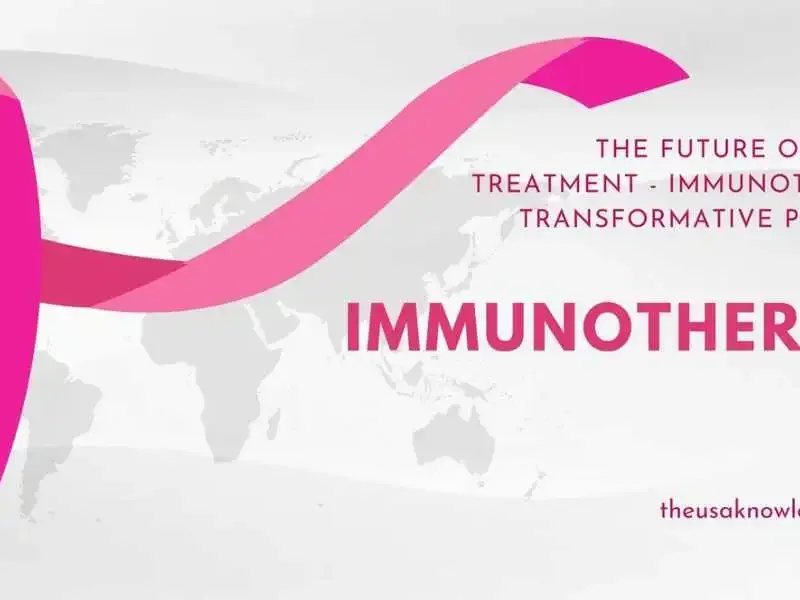Introduction
Cervical cancer is a common health concern affecting women worldwide. The good news is that advancements in medical technology have led to improved methods of early detection, which play a very important role in reducing the impact of this disease. Regular cervical cancer screening has been instrumental in identifying abnormal changes in cervical cells before they progress to cancer or detecting cancer at an early stage when it is most treatable. In this blog, we will delve into the importance of cervical cancer screening later in life and explore additional screening options that can further enhance detection.
The Significance of Cervical Cancer Screening

Cervical cancer is primarily caused by the human papillomavirus (HPV), a common sexually transmitted infection. Regular screening is vital because it allows healthcare professionals to identify abnormal changes in cervical cells caused by HPV infection. Detecting these changes early provides an opportunity for timely intervention, preventing the development of cervical cancer.
The cornerstone of cervical cancer screening has long been the Pap smear, or Pap test. Cells from the cervix are taken for this test, and they are then examined under a microscope. The Pap smear has been successful in identifying precancerous lesions and allowing healthcare providers to initiate appropriate treatments. However, medical science continues to evolve, leading to the development of new and more effective screening methods.
Beyond the Pap Smear: Additional Screening Options
HPV Testing
Human papillomavirus testing has emerged as a powerful tool in cervical cancer screening. The test screens for high-risk HPV strains that have been linked to cervical cancer. By identifying HPV infections early, healthcare providers can closely monitor and treat individuals at higher risk, preventing the progression to cervical cancer.
Liquid-Based Cytology
A modern alternative to the traditional Pap smear, liquid-based cytology involves collecting cervical cells in a liquid medium. This technique enhances the accuracy of cell analysis, reducing the chances of false-negative results and improving early detection rates.
Combined HPV and Pap Testing
Some healthcare providers recommend combining HPV testing with the Pap smear for comprehensive screening. This approach increases the sensitivity of detecting abnormal changes, providing a more thorough assessment of a woman’s cervical health.
Visual Inspection Techniques
Colposcopy is a visualization technique that allows healthcare providers to closely examine the cervix using a specialized magnifying instrument. It is often used when Pap smear or HPV test results are inconclusive, enabling a more precise assessment of cervical tissue.
Biomarker Tests
Ongoing research focuses on identifying specific biomarkers associated with cervical cancer. These biomarkers could potentially serve as early indicators of the disease, enhancing the accuracy of screening and reducing the need for invasive procedures.
Self-Sampling Kits
Some regions are exploring the use of self-sampling kits, allowing women to collect their own cervical cell samples at home. This approach improves accessibility to screening, particularly for those who face barriers to regular healthcare visits.
The Importance of Tailored Screening

While these additional screening options offer promising avenues for cervical cancer detection, it’s important to recognize that the most effective approach varies based on individual factors. Age, medical history, and risk factors all play a role in determining the appropriate screening schedule and methods. Healthcare providers play a critical role in assessing these factors and recommending the most suitable screening strategy for each patient.
Cervical cancer screening remains a cornerstone of women’s healthcare, and its significance becomes even more pronounced as women age. Early detection through regular screening, such as Pap smears and HPV testing, has undoubtedly saved countless lives by identifying abnormal cervical cell changes before they progress to cancer. However, with advancing medical technology, additional screening options have emerged, offering enhanced accuracy and improved access.
As medical research continues to evolve, so too does our ability to detect cervical cancer at its earliest stages. The future holds the promise of even more sophisticated biomarker tests, self-sampling kits, and innovative visualization techniques. Ultimately, the collaborative efforts of healthcare providers, researchers, and individuals themselves will continue to drive progress in cervical cancer detection and prevention. By staying informed and engaging in regular screenings, women can empower themselves to take control of their cervical health, ensuring a brighter and healthier future.




Thank you for writing this post!
Please provide me with more details on the topic
Your articles are extremely helpful to me. Please provide more information!
Thank you for writing this article. I appreciate the subject too.
Good web site! I truly love how it is easy on my eyes and the data are well written. I am wondering how I could be notified whenever a new post has been made. I’ve subscribed to your RSS which must do the trick! Have a nice day!
The articles you write help me a lot and I like the topic
Good web site! I truly love how it is easy on my eyes and the data are well written. I am wondering how I could be notified whenever a new post has been made. I’ve subscribed to your RSS which must do the trick! Have a nice day!